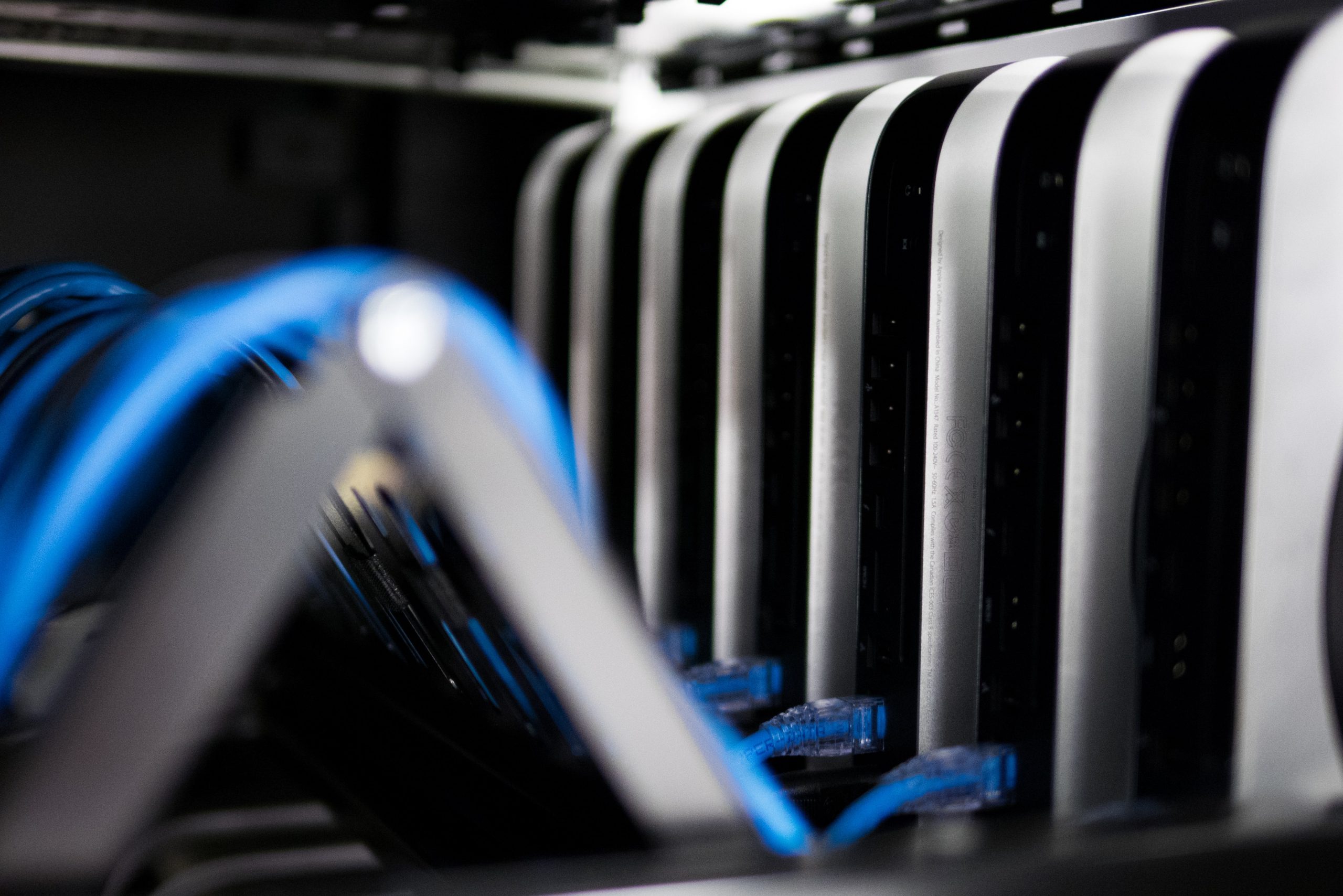Have you ever wished you could add domains on your local machine (127.0.0.1) on the fly and not have to modify your /etc/hosts file?
These are the steps that will allow you to create foo.localhost, bar.localhost, myproject.localhost …. just anything.localhost
Why .localhost? Back in 1999 localhost top level domain (tld) was reserved by the Internet Engineering Task Force (IETF), see RFC 2606. They also reserved test tld (.test) if you are interested in separating test from development.
How do we accomplish this?
Step 1
Install Homebrew
$ /usr/bin/ruby -e "$(curl -fsSL <a rel="noreferrer noopener" href="https://raw.githubusercontent.com/Homebrew/install/master/install" target="_blank">https://raw.githubusercontent.com/Homebrew/install/master/install</a>)"Step 2
Install dnsmasq
brew install dnsmasqStep 3
Create config folder if it doesn’t already exist
mkdir -pv $(brew —- prefix)/etc/Step 4
Configure dnsmasq for *.localhost
echo 'address=/.localhost/127.0.0.1' >> $(brew -- prefix)/etc/dnsmasq.confStep 5
Configure the port for macOS High Sierra
echo 'port=53' >> $(brew —- prefix)/etc/dnsmasq.confStep 6
Start dnsmasq as a service so it automatically starts at login
sudo brew services start dnsmasqStep 7
Create a dns resolver
sudo mkdir -v /etc/resolversudo bash -c '<mark>echo</mark> "nameserver 127.0.0.1" > /etc/resolver/localhost'Step 8
Verify that all .localhost requests are using 127.0.0.1
scutil --dnsYou should see something like this
resolver #8domain : localhostnameserver[0] : 127.0.0.1flags : Request A records, Request AAAA recordsreach : 0x00030002 (Reachable,Local Address,Directly Reachable Address)
You can also test by using ping
ping foo.localhost<br>ping anything.localhostConclusion
Now you can reference *.localhost and it will point to your local development machine. Now Profit!
